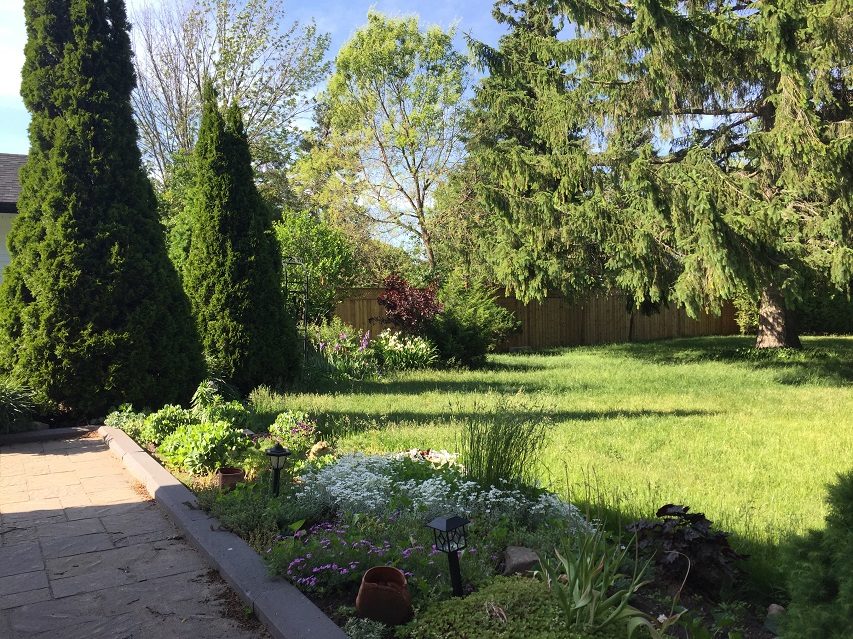In the New York Post, Naomi Schaefer Riley reports that Americans are apparently moving less frequently than they used to, and at least part of the reason is the hellish experience of moving:
Americans are stuck. Research from the Census Bureau suggests that Americans have stepped in some wet cement and have yet to extract themselves.
In 1948, more than 20 percent of Americans moved to a new home. But that percentage has been steadily declining since the ’80s, to the point where now only 11 percent of Americans say they have moved in the last year.
Experts have offered all sorts of reasons for this immobility. But for some of us, anyway, there’s the unavoidable fact that moving is a pain in the behind. It’s expensive and time-consuming — and it seems to be getting worse. When I tell friends that our family is moving this week, they look at me as if I’ve just told them a family pet has died.
When my parents sold a house three decades ago, they were told to “straighten up.” But now our homes are expected to be immaculate displays. There are people who make their living “staging homes,” as if we should put on some kind of theatrical performance in order to get top dollar.
Real estate agents will give you piles of material to explain what to do to a house to make it “show ready.” (That “show” is apparently “House Hunters.”) “Make your house look like a Pottery Barn catalogue,” one agent explained. “Only three to four books are allowed on any shelf.”
Apparently people in Pottery Barn catalogues don’t read. Also, their children don’t have Legos.
We moved house earlier this year and we’re still digging out from underneath the rubble. It didn’t help that we found the perfect house to buy long before we expected to, and so hadn’t begun any kind of prep work in our existing house in advance of the move. We were trading a larger home in a 15-year-old suburb for a house in a small town that was nearly 200 years old. That translates to not only smaller living space (about 1000 square feet less) but also little to no storage space (closets were extremely rare in the 1830s). We’d been 13 years in the house and our stuff had “settled” around us … we could have used six months to de-clutter, pare down our less-frequently-used possessions, and make regular trips to the dump. Oh, and my sudden health issue and two-week stay in ICU almost exactly in the middle of the packing phase really didn’t help at all.
We moved out in phases, clearing out most of our stuff from the interior of the house, but leaving the garage and basement stuffed with anything we couldn’t get packed in time for the movers to take. We had much of the interior of the house repainted (actually, we had both the houses repainted), plus new carpeting upstairs and lots of “handyman” fixes to try to erase as much of the bumps and dings of having actually lived in the place for more than a decade. Then the real estate agent brought in the staging crew and decorated the place. After that was done, we barely recognized it, but while the furnishings and decorations were visually attractive, it was clearly not the kind of usage any normal family would have for the space.
Fortunately, our house did sell fairly quickly for just a bit less than our original asking price, but remember all the crap we stashed away in the garage and the basement? We only just finished clearing that out the same day we had to hand the keys over to our lawyers prior to the sale closing. Where did it all go? Most of it ended up in what I eventually plan to be my woodworking shop in the garage. Lots of the rest ended up going to the dump. I lost track of the total number of dump runs we made … and I know there’s probably more that will need to go that route as we begin to unpack the remaining boxes.
After all that, I really understand the attraction of minimalism but I know I could never live that way: between my thousands of books and my woodworking tools and materials there’s no way to be truly “minimal”. For example, while the garage is currently filled to the brim with “stuff”, my table saw and other woodworking power tools are in a storage locker because there’s no room for them in the shop (yet).
Of course, on a warm spring afternoon, just looking out over the backyard reminds me that the move was worth it:




